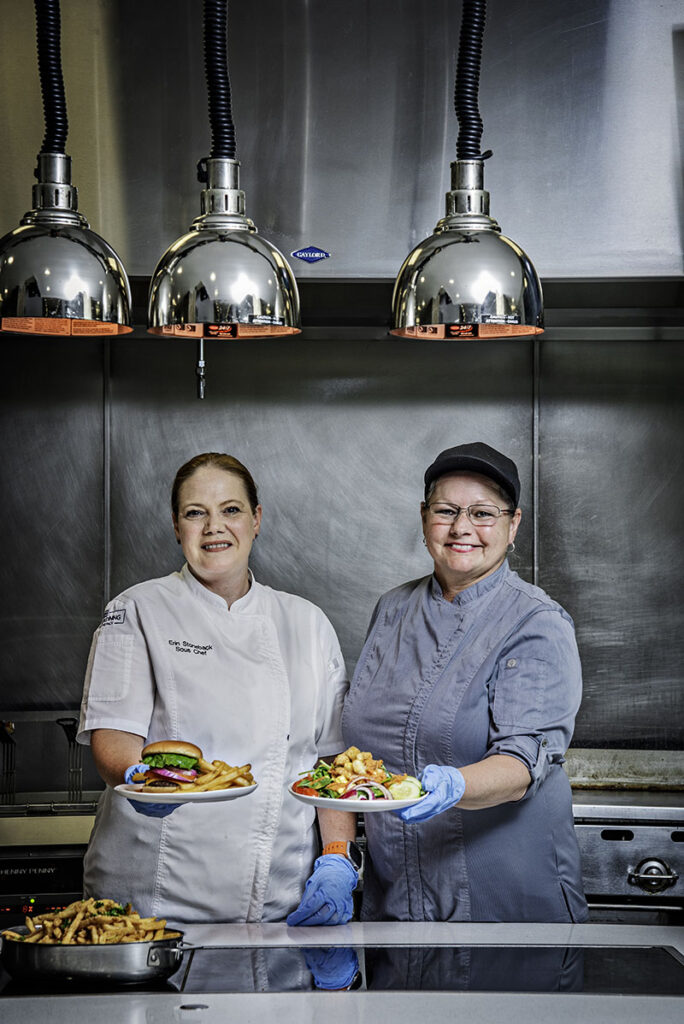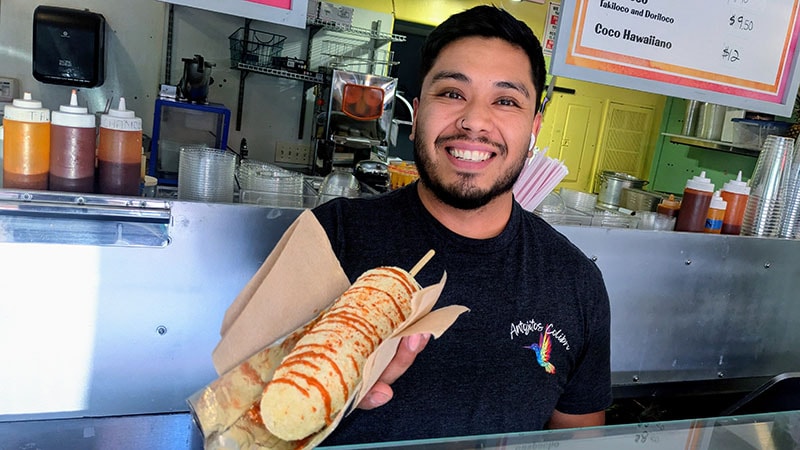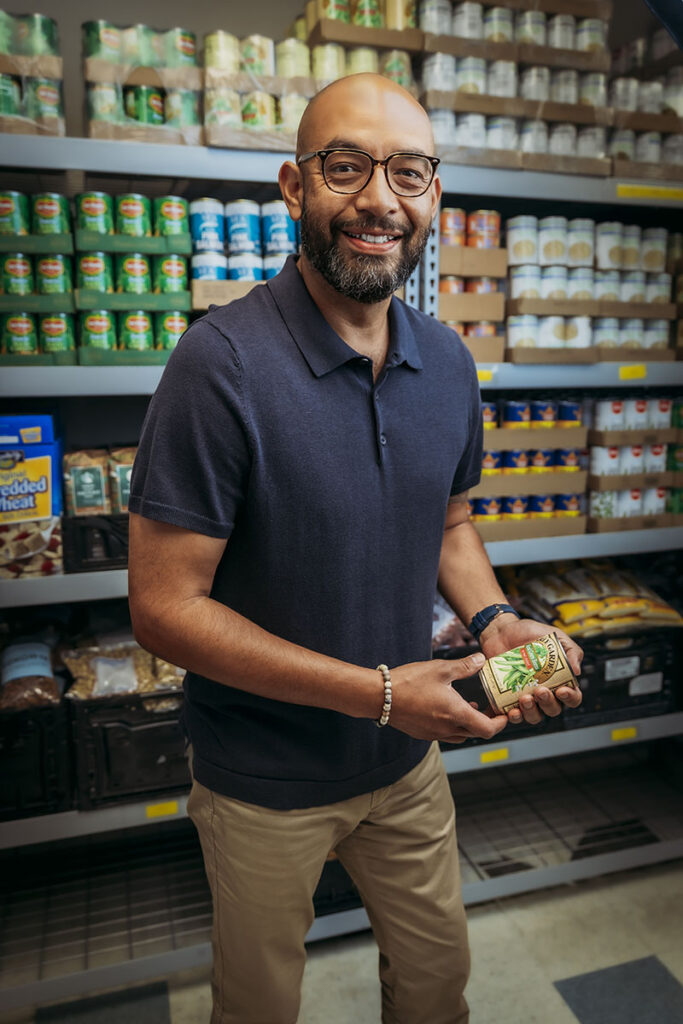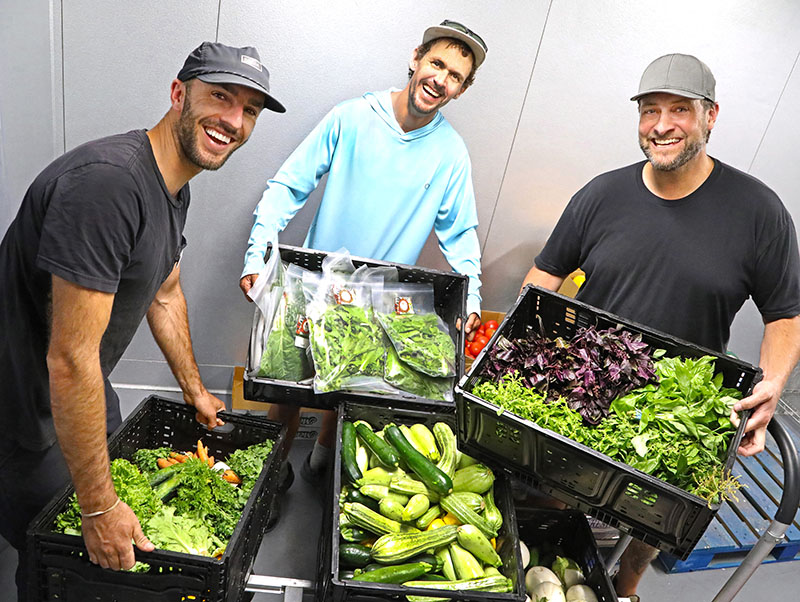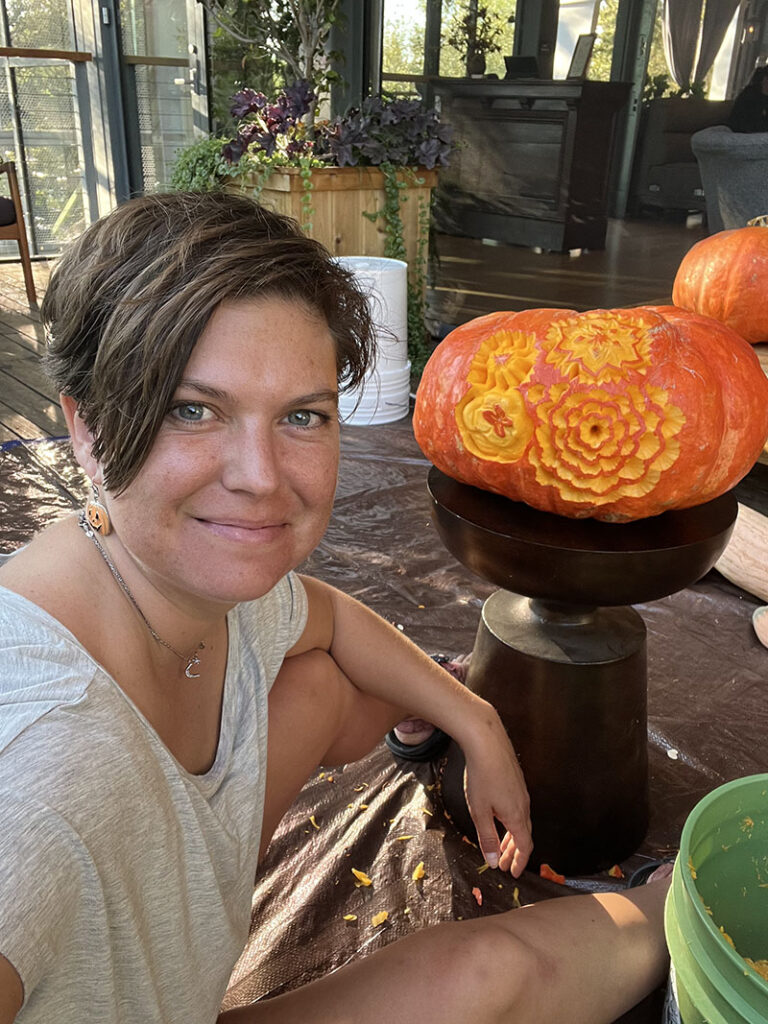Unveiling the Quince
This little-known fruit is rough around the edges but delightfully sweet.
In the arid Northern Nevada climate, the quince is an extraordinary and often-overlooked fruit with a rich history and memorable flavor profile. Grown on a deciduous tree and looking like a mix of pear and apple, it requires cooking to be enjoyed and tastes of tangy pineapple. Chefs value it for making jams, chutneys, and the Spanish preserve membrillo, and it’s rich in vitamin C, potassium, fiber, and antioxidants.
Pamela Zamora-Mayne, founder of the Reno Gleaning Project, volunteers to harvest fruit from local trees that would otherwise go unused. She often donates the fruit to local nonprofits and is an expert in processing quince.
“The quince is a member of the Rosaceae family and a very popular fruit in European culture,” Zamora-Mayne explains. “It is served in Spanish and Mediterranean cuisine and is believed to have been brought to the United States by Basque settlers.”
Local Bounty
Quince trees thrive with as little as 100 chill hours (time spent below 45 degrees F in winter), which is a testament to their hardiness because fruit trees often require upwards of 800. These hardy trees are self-fertile and produce small, green orbs that ripen to tan fruit by autumn.
Mindy and Dr. Boris Lokshin, residents of Reno, are among the locals who have embraced the quince. They eagerly await the opportunity to transform their fall harvest — a labor of love that Zamora-Mayne also enjoys.
“It’s a hard fruit to process,” Zamora-Mayne says. “You need it to freeze once on the tree because it softens the fruit so you can peel it. Quince has a tough and firm texture, especially when compared to other more common fruits, and can be difficult to peel, and the flesh is very dense. Some use it for quince jam or poach it like a pear. The tart flavor is reminiscent of a pineapple, significantly more tart than most pears. The nuance quince brings makes delicious chutney.”

Zamora-Mayne suggests serving quince products on a charcuterie board alongside Spanish ham and other savory, creamy, and crunchy elements. She also has heard that the dried version is good to chew on for oral health and knows of some who will spiralize quinces thinly and dry to store for future use.
This versatile fruit, appreciated by chefs and home cooks alike, is challenging to process, but its tasty results and nutritious qualities make quince a desirable fruit to seek out. Be on the lookout for this underrated local treasure with a wide range of culinary applications.
In Northern Nevada, you can find quince products at The Wheyfarer in Midtown Reno and Whole Foods Market in Reno, and membrillo is available at Villa Basque Café in Carson City. Liberty Food & Wine Exchange in Downtown Reno includes quince seasonally on its charcuterie boards.





